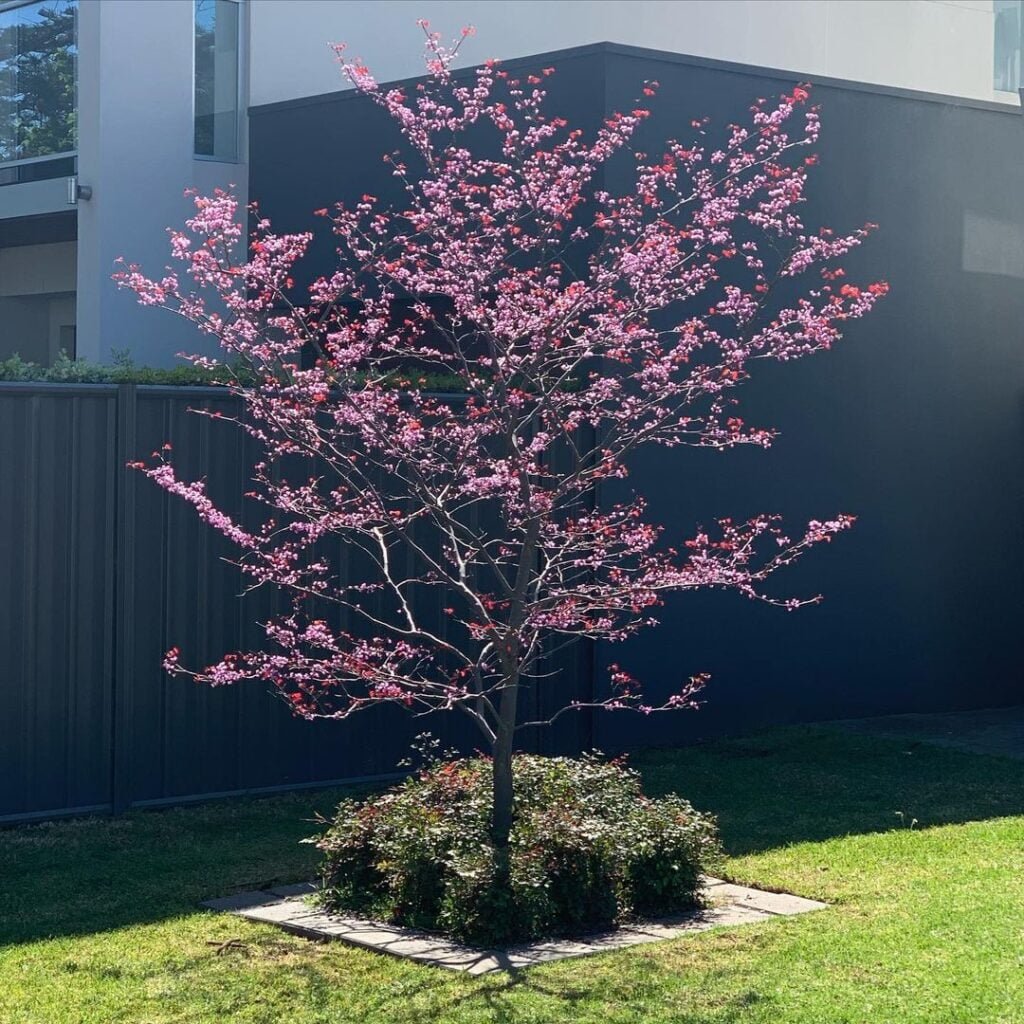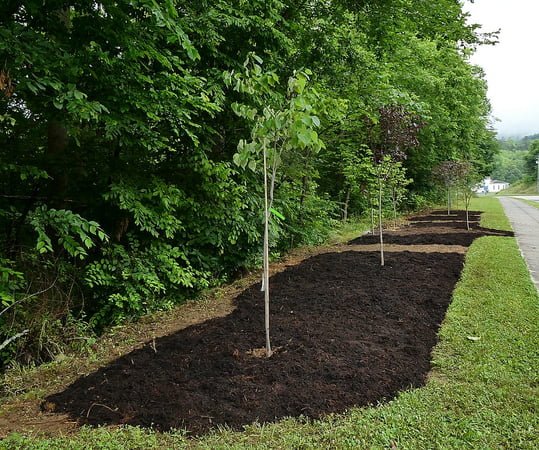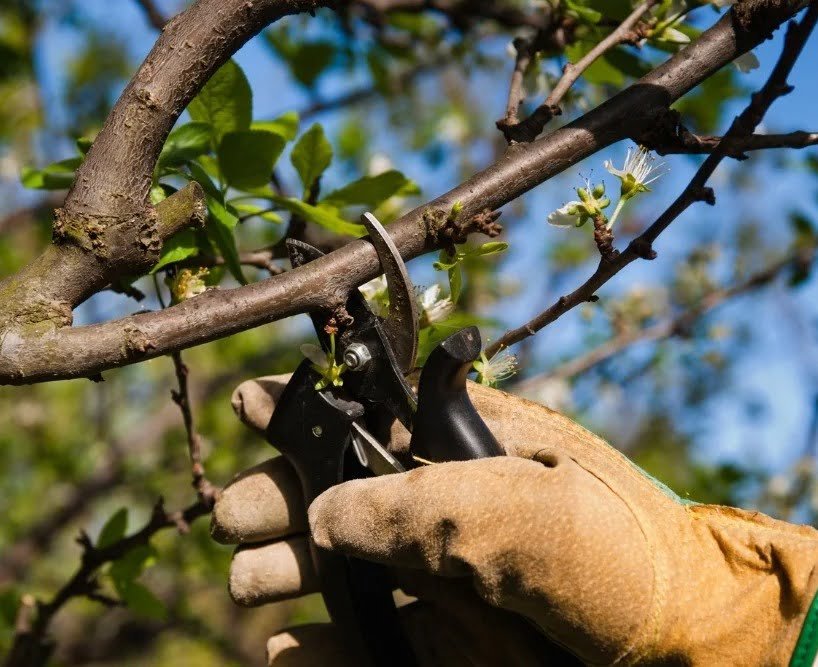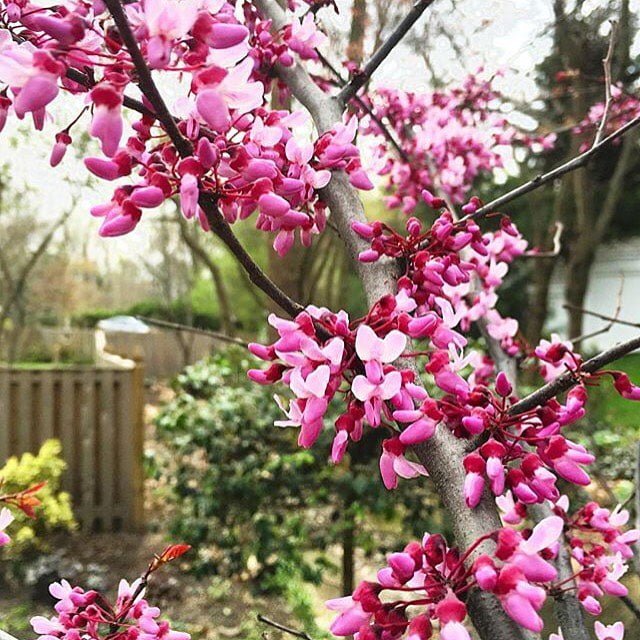Learn how to grow and care for the forest pansy redbud tree, including ideal planting conditions, ongoing watering and fertilizing needs, and design tips for using this colorful landscape tree.
The forest pansy redbud is a beautiful flowering tree that adds vibrant color to any landscape. With its bright purple-red leaves and striking clusters of small pink or purple flowers, it’s an eye-catching addition to your yard or garden. While these trees are fairly easy to grow and care for, there are some key things to know to help them thrive. This guide will walk you through everything you need to know about planting, growing, and caring for forest pansy redbuds.
What is a Forest Pansy Redbud?

Here’s a short chart providing the requested information for the Forest Pansy Redbud Tree:
| Attribute | Information |
|---|---|
| Botanical Name | Cercis canadensis ‘Forest Pansy’ |
| Plant Type | Deciduous tree |
| Zones | 5-9 |
| Exposure | Full sun to partial shade |
| Bloom Time | Early spring |
| Height/Spread | 20-30 feet tall, 25-35 feet spread |
The forest pansy is a cultivar of the eastern redbud tree (Cercis canadensis). The eastern redbud is a small deciduous tree native to eastern North America. It has heart-shaped leaves that emerge reddish-purple in spring before turning green in summer. The forest pansy cultivar keeps its reddish-purple foliage color throughout the growing season rather than turning fully green.
These trees typically grow 20-30 feet tall and have an spreading, irregular crown when mature. In early spring before the leaves emerge, clusters of small purplish-pink flowers bloom directly on the bark – a phenomenon called cauliflorous flowering. The flowers give way to flat, bean-like seed pods in summer.
Planting Forest Pansy Redbuds

Choosing and Preparing a Planting Site
Forest pansy redbuds do best in full sun to partial shade. They prefer well-drained, fertile soil that is slightly acidic. Avoid planting them in densely shaded areas or in alkaline soils.
When selecting a spot, make sure you have enough space for the mature height and spread. These trees can reach up to 30 feet tall and 25-35 feet wide at maturity. Plant them at least 6 feet from any buildings, sidewalks or other trees.
Dig a hole that is 2-3 times as wide as the root ball but no deeper. Roughen up the sides of the hole and backfill with the native soil. Do not amend the soil unless it is extremely poor quality.
Proper Planting Depth and Support

Carefully remove the tree from its container, being gentle with the root ball. Identify the root flare – this is the area where the trunk flares out to the roots. You want the entire root flare to be just slightly above ground level.
Place the tree in the hole, repositioning it as needed so the root flare sits at the proper depth. Use some of the backfill soil to stabilize the tree upright. Once positioned, backfill the hole with the remaining soil, tamping it down as you go to remove air pockets.
Stake the tree with a sturdy post driven into the ground just outside the root ball area. Use straps or wire attached to the stake to hold the tree upright against wind. Remove the staking after one year.
Initial Watering and Mulching

Give the entire planting area a deep, slow watering right after planting to help settle the soil. Continue watering regularly every 5-7 days during the first growing season if rainfall is insufficient.
Once watered, spread a 2-4 inch layer of organic mulch like wood chips in a 3-foot ring around the base of the tree, avoiding direct contact with the trunk. This will help retain soil moisture and prevent weeds.
Ongoing Forest Pansy Care
Watering Needs
After the first year, forest pansy redbuds only need supplemental watering during periods of extreme drought. An slow, occasional soaking is better than frequent light waterings.
Signs a redbud needs water include wilting or curling leaves, leaf scorch or premature fall color. However, it’s normal for redbuds to go semi-dormant and drop some inner leaves during periods of summer heat and drought as a protection mechanism.
Fertilizing
Established, healthy redbud trees do not require frequent fertilization. Too much fertilizer can actually cause more harm than good for these trees.
For new trees, you can topdress with a balanced fertilizer like 10-10-10 in early spring if desired. Broadcast the fertilizer evenly under the canopy out to the drip line and water it in.
Older, established trees may benefit from a single spring or early summer fertilizer application every 2-3 years if growth seems stunted. A soil test can help determine nutrient needs.
Pruning

Forest pansies naturally develop an attractive multi-trunked form with an irregular, open canopy. They need very little pruning when mature.
The best time for any necessary pruning is late winter or very early spring before buds break. Remove any dead, damaged or rubbing branches using proper pruning techniques. You can also thin out the interior if the canopy becomes overly dense.
Avoid heavy pruning that would remove a large portion of the canopy. This can stress the tree and reduce flowering. Also do not “top” redbuds by cutting the main leader branches – these trees naturally grow with multiple trunks so topping isn’t necessary.
Potential Issues
Forest pansy redbuds are generally free of serious pest or disease problems when planted in proper conditions. However, some common issues to watch for include:
- Leaf scorch or leaf browning – This can occur during hot, dry periods. It’s partially due to the tree’s natural drought avoidance adaptation. Scorch is mainly aesthetic and not harmful if moderate.
- Verticillium wilt – This soil-borne fungus causes wilting, yellowing and dieback of branches. Avoid planting in areas with a known history and prune out wilted branches.
- Canker diseases – Various fungal cankers can attack redbuds, causing sunken areas and cracking on branches and trunks that may later lead to branch dieback. Prune out affected branches and avoid wounding the trees.
- Borers – Several types of wood-boring beetles like the eastern cicada killer may tunnel into the trunks and branches, causing further dieback.
With proper planting in a suitable location and basic care like watering during drought, forest pansies are reasonably free of major issues.
Design Uses

The forest pansy’s moderate size, irregular form, and incredible spring flower displays make it an ideal accent or specimen plant for home landscapes. Some excellent design uses include:
- Planting in a front or backyard as a focal point specimen surrounded by lower plantings
- Incorporating into plant borders or foundations to add height and color variation
- Using as a vibrant understory tree in naturalized areas or open woods
- Lining streets or walkways spaced 25-30 feet apart (be mindful of eventual size near utilities)
- Massing in groups for eye-catching drifts of color
The reddish-purple foliage shows best when the trees receive at least 6 hours of direct sun exposure. In shadier areas, the leaves may appear more muted red or even greenish.
Within small home landscapes, forest pansies generally only grow 12-20 feet tall, making them perfectly sized accent plants. But give them enough space to achieve their full form at maturity.
Whether as a solitary specimen or grouped together, these unique trees provide a long season of color and visual interest with their floral displays, foliage, irregular branching habits and even autumn seed pods.
In summary, the forest pansy redbud is a stunning small tree perfect for adding bright pops of color and botanical interest to gardens and landscapes across much of the US. With basic planting and care, it’s a low-maintenance, long-lived tree that will dazzle with its clusters of rosy-purple blooms and luxuriant foliage for decades to come.
Pingback: How to Grow and Care for Turtlehead Plants -
Pingback: How to Grow and Care for Forest Pansy Redbud Tr...
Pingback: Stop buying avocado, Learn how to grow it at home
Pingback: Oxlip : A Delightful Primrose With a Rich History -
Pingback: Stunning Trees That Start with ‘E’ gardeners school
Pingback: From Patio to Plate: The Best Vegetables to Grow in ...